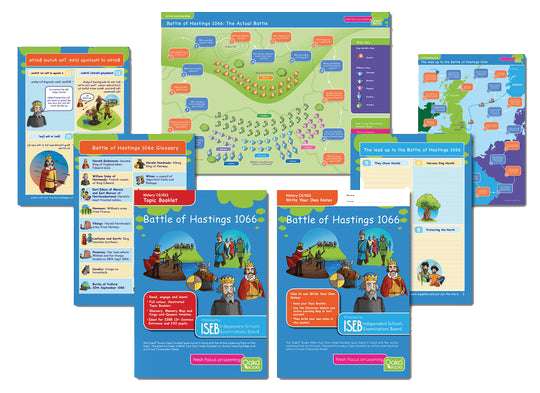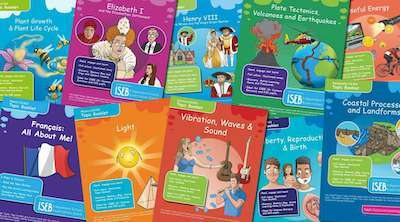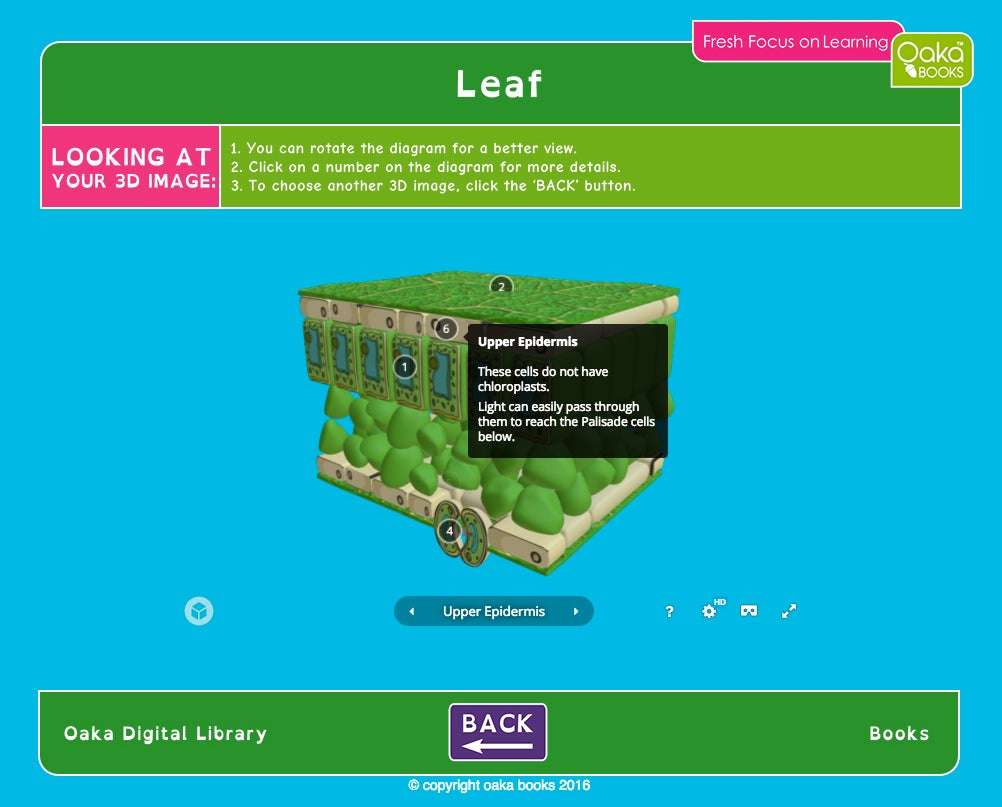With the end of the school holidays in sight, some of us will be turning our attentions to the new school year. With 1 in 5 people known to be dyslexic, the new academic year will, no doubt, throw up its fair share of learning (and teaching) challenges.
Recognising the signs of learning difficulties is the first step to making life easier for pupils, teachers and parents alike. To help out, we have put together a SpLD Screening Checklist. This shows some key indicators of dyslexia and how to spot them in the classroom (or, indeed at home). The list can be downloaded for free from our website www.oakabooks.co.uk/pages/ spld-screening-checklist.
Some of you may already know your students and have identified those who suffer from a learning difficulty. Parents will often have a nagging feeling that something is not quite right. Of the children who have been placed in special education for learning disabilities, about 70 to 85% are there because they suffer from dyslexia. This is why it is so important to spot any children who may suffer from dyslexia right at the start of the year.
Around 20% of children in every class will fall into this category. Without doubt early intervention is incredibly helpful in enabling them to stay on track. Our SpLD screening checklist is a handy tool to help you identify any pupils who might benefit from extra help or a different way of teaching. Making the most of the dyslexic’s unique, and often super productive, mind-set is key to producing a confident, child.
Therefore, be prepared for the new school year and plan for those students who do find school work challenging. We can pretty much guarantee that some of your students will be struggling with specific learning difficulties. These will affect their learning unless identified and appropriate learning methods are put into place.
The SpLD Screening Checklist is ideal to give you an initial audit of observable difficulties to help you teach your students to the best of their abilities in the new school year.





